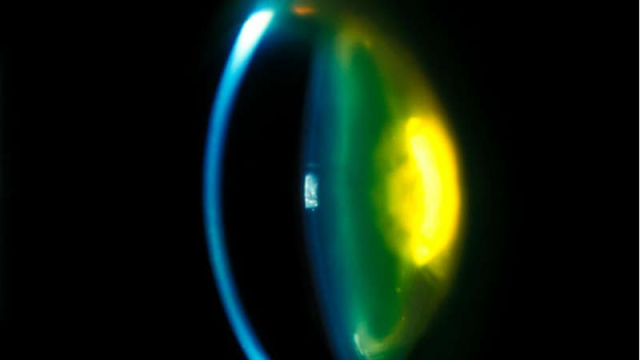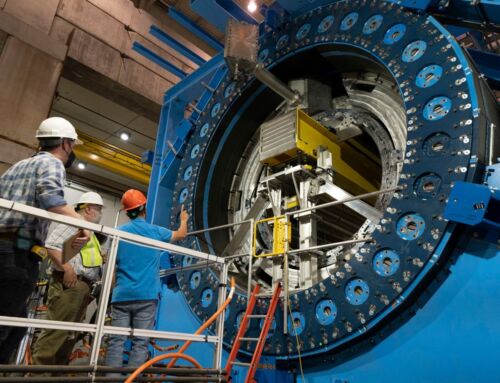Experiments with cells grown both inside and outside the body, could fix lenses and corneas.
Above: A surgical technique to treat cataracts in children, to generate a new, clear lens. Credit Barraquer, Barcelona, ISM/Science Photo Library.
Scientists have been able to show that the corneal epithelial cells can be cultivated and transplanted onto the eyes of rabbits.
When the cells transplanted to an animal model of corneal blindness, they are shown to repair the front of the eye and restore vision. According to scientists, “this could pave the way for human clinical trials, to restore lost or damaged vision.”
A second, unrelated paper in Nature describes a surgical procedure that activates the body’s own stem cells to regenerate a clear, functioning lens in the eyes of babies born with cataracts.
Mark Daniell, head of corneal research at the Centre for Eye Research Australia in Melbourne, who was not involved in the research, said:
“The potential of this technique is mind-bogglingIt’s almost like an eye in a dish. The two studies are amazing, almost like science fiction.”
Study co-author, Professor Andrew Quantock, said:
“This research shows that various types of human stem cells are able to take on the characteristics of the cornea, lens and retina. Importantly, it demonstrates that one cell type – the corneal epithelium – could be further grown in the lab and then transplanted on to a rabbit’s eye where it was functional, achieving recovered vision. Our work not only holds potential for developing cells for treatment of other areas of the eye, but could set the stage for future human clinical trials of anterior eye transplantation to restore visual function.”
sources Nature, Cardiff University






Leave A Comment